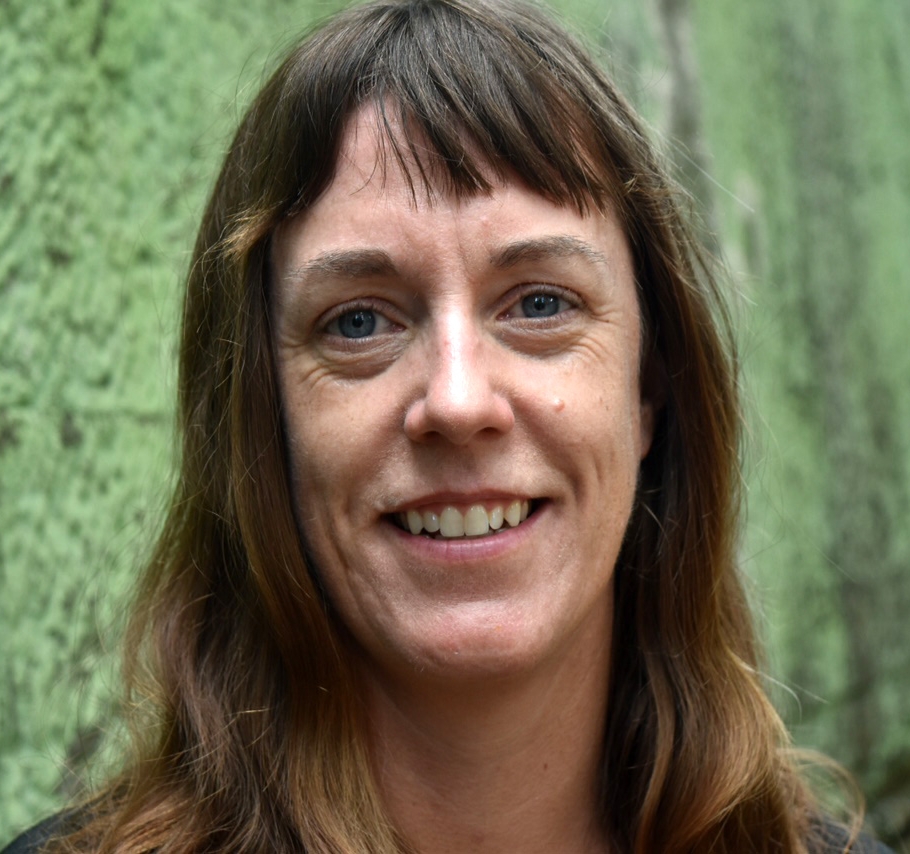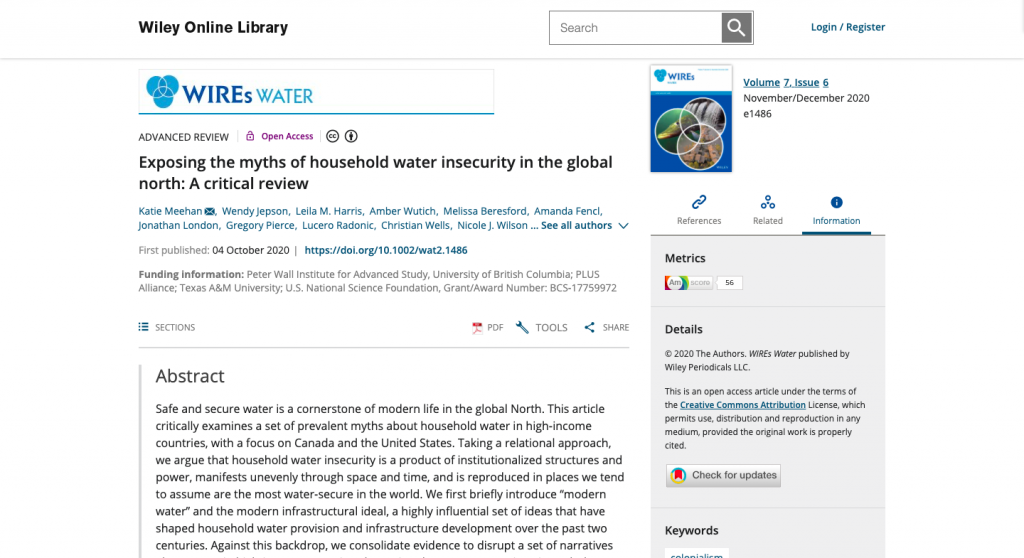
There has been a longstanding assumption that water insecurity is a problem confronted by the global south. High-income countries have been considered virtually immune to issues such as water contamination and inaccessibility to clean drinking water. Dr. Katie Meehan, from King’s Department of Geography, along with her colleagues, has dispelled the myth of safe and reliable water resources in her new article “Exposing the myths of household water insecurity in the global north: A critical review.” Dr. Meehan et al. strive to argue that water insecurity in highly industrialized countries such as Canada and the United States is a pervasive problem in many communities, yet it is kept out of site because of the communities it affects.
Water insecurity has become largely racialized and urbanized, such as the boil water advisories 1 out of 5 First Nation reserves experience in Canada, or the fact that Latino communities are the largest non-white group in the United States who are reliant on bottled water. Unfortunately, the coronavirus pandemic has only made water insecurity worse in some parts of America: “It’s a nightmare,” said a Detroit resident without running water, “The virus is killing people all over the world and we can’t flush the toilet or wash our hands regularly” (Lakhani, 2020). The growing mistrust between residents and their local officials has led to a reliance on store-bought water and inconsistent hygiene practices to help mitigate the financial cost of water. In Canada, water insecurity is an ongoing consequence of colonialism and forces Indigenous reserves to endure substandard living conditions. To learn more, click here.
